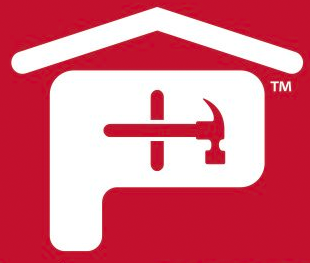Low slope roofing usually involves complex and application-specific installations of materials and layers which provide stability, aesthetics, protection and insulation. One key component to experience significant development in recent years is the coverboard.
Coverboards are non-ply flat, thin materials shaped into boards, frequently constructed of homogeneous materials. They are used over roof insulation to provide a variety of protections during installation and service throughout the life cycle of a commercial roof.
Traditional materials for coverboards have been wood fiber, glass fiber, and perlite. More recently innovations have seen materials like cementitious board, asphaltic core board and glass-faced gypsum being utilized. Atlas Roofing recently introduced another breakthrough - a coverboard which combines polyiso insulation with a glass facer, to protect the roof and handle traffic, while adding another layer of insulation.
Even though this newer type of coverboard adds insulation, the principal work of coverboard material is still protection. During the installation process of a commercial roof, loads from foot and materials traffic can potentially damage the insulation as the roof surface is being built up. The coverboard creates stability immediately on top of the insulation.
In asphalt or torch installations, a coverboard placed between the insulation and the membrane also protects the layers below from heat. It can facilitate the recovering of existing roofs of the same type, by removing layers down to the coverboard, then replacing them with new asphalt, modified bitumen or single membrane roofing materials. When any adhesives or solvents are used in the commercial roof build up, the coverboard also serves as a protective layer, preventing those products from dissolving or damaging insulation.
As a part of the installed roof, a coverboard actually helps reduce or control moisture. Some coverboard materials actually hold in moisture during the cooling cycles and facilitate evaporation during heating cycles. Others simply serve as an additional buffer between the membrane and the insulation. Coverboard that’s installed over polyiso sheet insulation is usually installed by offsetting the joints which is another preventative measure against moisture because it helps prevent thermal bridging.
Since Atlas Roofing now combines polyiso with a glass-facer in a strong, lightweight coverboard, commercial roofers can select a product that protects, add stability and multiplies the R-value to the roof system. By using ACFoam® HS CoverBoard, contractors and specifiers can actually increase energy efficiency in the building envelope while providing necessary protection against damage and moisture on the roof.



 Gear!
Gear! PRO LOGIN
PRO LOGIN